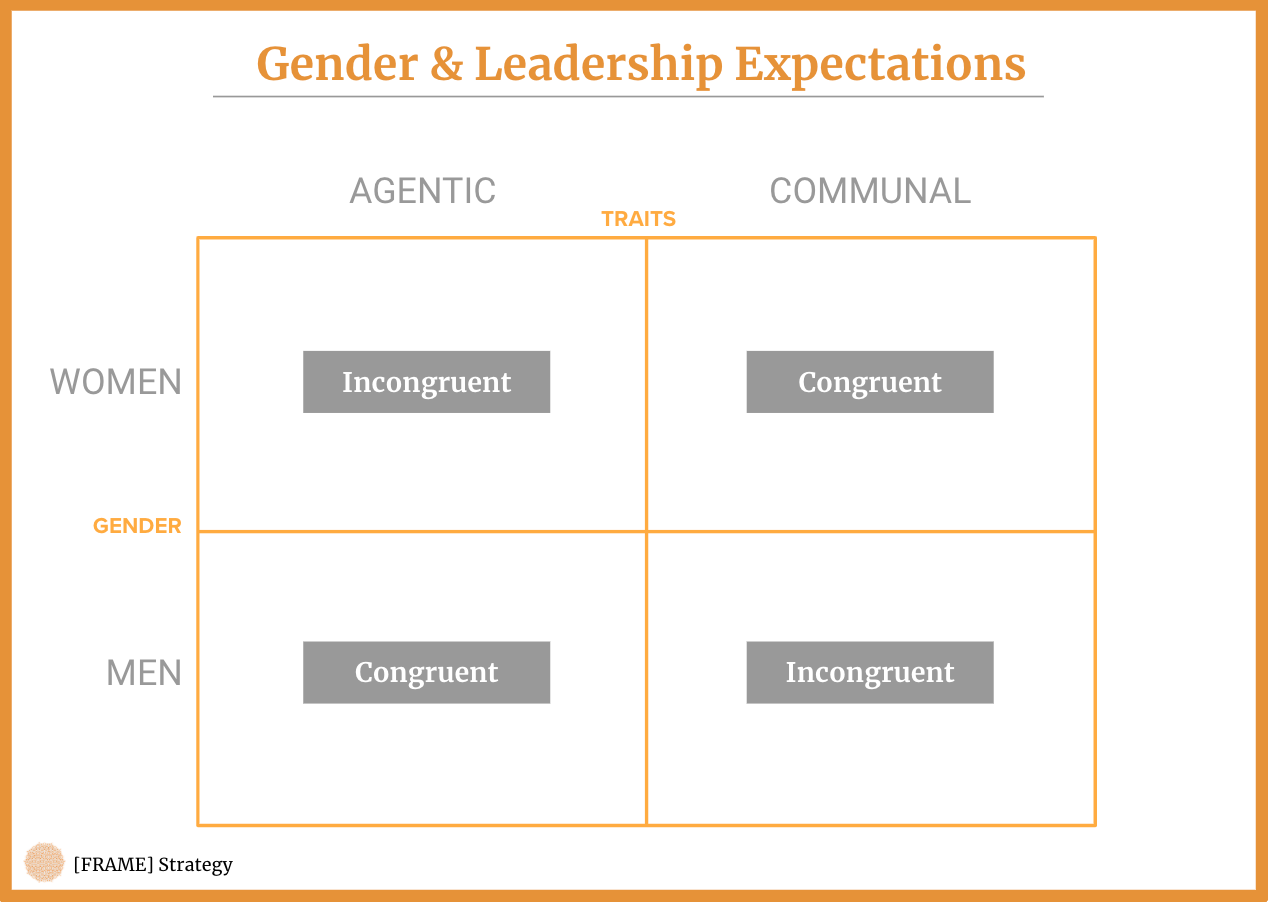Leadership Role Incongruity, or Why Boss Ladies Get Haters
How Leadership Styles Confirm or Upset Gender Expectations
Thanks for signing up as a paid subscriber! Welcome to the first bonus round of the Framing newsletter, where I’ll add more context, explore more topics, and get deeper with frameworks.
Please share, and if you’re not a subscriber yet, sign up for more here.
I recently wrote about gender and leadership styles, and got into a lot of good discussion with men and women alike about how we show up as leaders.
The agentic/communal dichotomy I reference in last month’s newsletter is one of many models out there, and I wanted to dig deeper because that model maps cleanly to gender expectations and the pitfalls women especially face in adhering to or challenging those expectations.

This image is not an endorsement, but Taytay has certainly dealt with her fair share of judgment.
What’s Your Leadership Style?
First of all, here’s a quick overview of some traits that fall into each of the leadership styles.

Traditionally, these traits are tied to gender stereotypes, and our behavior either confirms or violates those expectations. According to Alice Eagly, a professor at Northwestern and a pioneer in gender and leadership studies, we’re either behaving congruently or incongruently with the expectations assigned to our gender.

Often women and men are treated differently whether they are congruent or incongruent.
When men show communal leadership traits, they get rewarded with the good old ‘communality bonus effect for men,’ according to this 2017 research study. However, when women show a lot of agency, they are more likely to experience negative response. Alice Eagly again:
The role-congruity analysis thus suggests that female leaders’ choices are constrained by threats from two directions: Conforming to their gender role can produce a failure to meet the requirements of their leader role, and conforming to their leader role can produce a failure to meet the requirements of their gender role.
Particularly consequential for leadership style would be the second form of prejudice, that is, the negative reactions that women may experience when they behave in a clearly agentic style, especially if that style entails exerting control and dominance over others.
So role-incongruity is why women get in trouble when they break expectations.
Beyond Gender Stereotypes
Most of us don’t squeeze neatly into a box; each person contains a broad range of traits. For example, a person can be collaborative and competitive. By looking at agentic and communal traits on a spectrum rather than as a dichotomy, you can map those traits to see where there’s heavier weighting.

Even if we’re a mix of traits, we can’t control how people perceive us based on our gender. But once we understand how leadership behaviors are received, we can better understand how to deal with response to how we show up.
To help:
Find a sponsor. Sponsors are more important than mentors for women and people of color. Sponsors champion their proteges and help advocate for the value they bring. If a sponsor understands your leadership style, they can help you build it
Manage the right response to critiques. You know, the haters. There’s going to be those, and you’ll deal with them sharing their views to your face or behind your back. Identify how you want to deal with them, whether it’s an attitude or a script.
Build a network of support that can elevate you. Your world is bigger than the office (or virtual office). Find a network of support outside of your organization to help elevate you and inspire you.
The more women that show up and expand the expectations of what leadership looks like, the more we break the stereotypes that have been assigned to women. This was the power of the Girlboss—once this trope was in place, many women flaunted the Girlboss glossy hair and cursive fonts to get ahead.
As we expand the ways that women can show up as leaders, it opens the door to new ways for women to lead. Whether it’s women exercising their agentic style by getting loud and taking up space, or demonstrating the leadership potential of the inclusive communal style, we can break the mold and build new models.
2020 has served as a breaking point for so many structures in leadership, health, justice, economy, and equality. I explore how individuals and companies can find lessons out of this year’s challenges to create a better world. Sign up for more.



